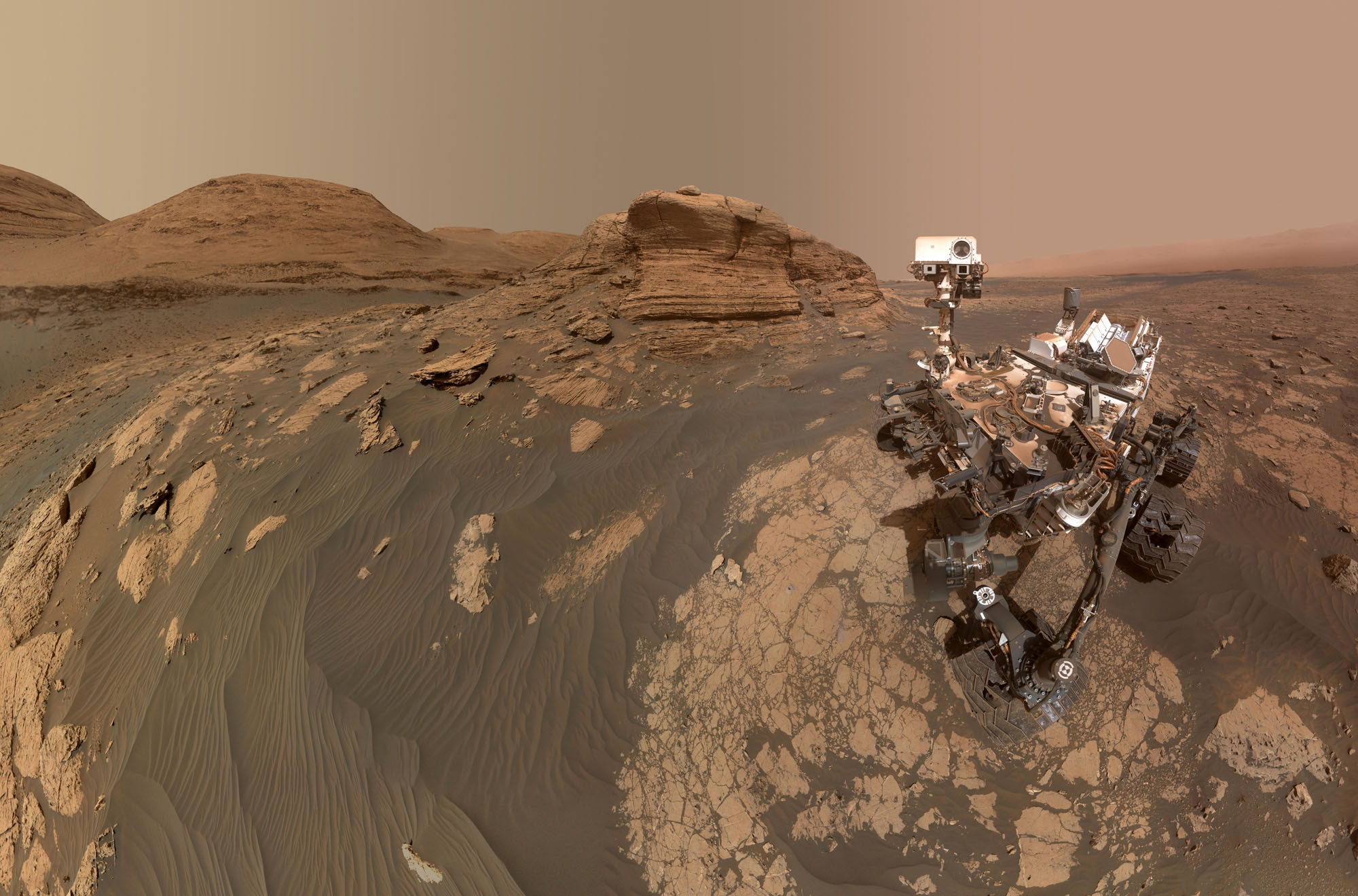What would life on Mars look like? Would there be anything recognizable from Earth? How would they survive without water or oxygen?
 |
| Life on Mars: Water |
Mars has long fascinated us. The red planet is the closest terrestrial body to our solar system. Its surface is covered with craters, mountains, valleys, and rivers. Some scientists believe that Mars once had oceans and even life.
But why is it so cold and dry today? What happened to its atmosphere? And how did it get rid of all those lakes and seas? These questions have puzzled scientists for decades.
The basic and major requirements of life are water, air, food, and shelter.
We'll start the journey of Life on Mars with Water.
The Water
Water is the most important substance on Earth. It makes up about 70% of our planet's surface. It gives us life, it is the source of life and without water, we wouldn't be here. So what could be the case on Mars? Is there any possibility of water on Mars?
Water on Mars!
So far we have found no evidence that water exists on Mars. Our satellite orbiting above this planet has detected no moisture in its atmosphere. However, it's not impossible to find liquid water underground or in other unusual places such as polar ice caps or deep underground reservoirs, so we still don't know for sure if there is any liquid water on Mars at all.
However, evidence (with pieces of theories) does exist:
"We found the hydrated salts only when the seasonal features were widest, which suggests that either the dark streaks themselves or a process that forms them are the source of the hydration. In either case, the detection of hydrated salts on these slopes means that water plays a vital role in the formation of these streaks," said Lujendra Ojha of the Georgia Institute of Technology (Georgia Tech) in Atlanta, lead author of a report on these findings published Sept. 28 by Nature Geoscience.
Read more about it here...
Can we create water artificially?
Yes, this is possible but it will not be easy since it will require a lot of energy and time. We need to extract hydrogen and oxygen from the thin atmosphere using electrolysis and then combine them with carbon dioxide from the atmosphere to produce methane and water vapor which will eventually condense into liquid form which can then be stored for later use. This process can take thousands of years so it's no use trying to construct large-scale systems until we know more about how exactly this kind of life works in space or else we might end up with dangerous chemicals like chlorine gas.
Possibility of Life without Water!
Researchers searching for life on other planets have always believed that there is at least one requirement for life to exist: There must be water. But a new theory by astrobiologists Nediljko Budisa and Dirk Schulze-Makuch suggests that there are alternatives to water that could make life possible even on desert worlds.
It's an exciting idea. If the theory is correct, then the number of planets believed capable of supporting life would increase dramatically.
The reason that water is considered such an essential resource for life is that it is a solvent; it makes most biological chemical reactions possible. Without water or an equivalent solvent, the chemistry of life would simply be non-existent. Budisa and Schulze-Makuch's theory acknowledges this fact but suggests that there is another substance capable of operating as a viable solvent. Namely, supercritical carbon dioxide.
Read more about it here...
The End Notes
Although we know early Mars was wetter, warmer, and more habitable than the freeze-dried desert world of today, researchers have yet to find any direct proof that life of any kind ever graced the Martian surface.
Although, if it's possible. We have to look forward to the other requirements, starting with air.


3 Comments
Nice....
ReplyDeleteNice...
ReplyDeleteNice
ReplyDeletePlease share your views.